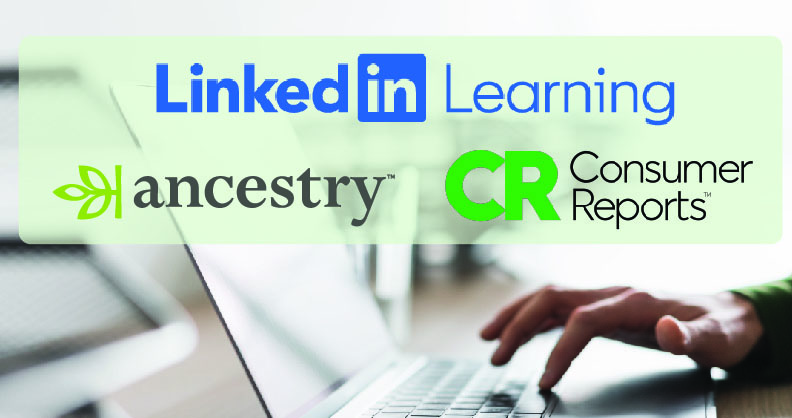These Are a Few of My Favorite (Recently-Read) Books
By Crystal Hicks, Collections Librarian
I don’t have a favorite book. I know that sounds like heresy, but it’s true. I have favorite books in different genres and subcategories (favorite Shakespearian comedy, favorite “Star Wars” novels, favorite “Sleeping Beauty” retelling), but not one definitive Favorite Book Ever. Nonetheless, I’m constantly reading books, and they’re some pretty good ones, if I say so myself. Here are some of my recent favorites.
I started out the year reading “Strange the Dreamer” by Laini Taylor, swiftly followed by its companion novel, “Muse of Nightmares.” Immediately, I knew these could be the best books I read all year. Taylor’s duology is YA high fantasy, a genre I adore, and these books follow, of all things, a librarian. Lazlo Strange has always been obsessed with the Forgotten City, lost to mythology and memory, so he jumps at the chance to go on an expedition to save this city from an unknown threat. The plot only begins there, but it’s hard to say more without spoiling the wonder and enchantment of it all. Taylor masterfully weaves together myth and magic to create a world that’s new, spellbinding, and both timeless and timely. I’ll be rereading these frequently.
One of my favorite authors, Lucy Knisley, pens graphic memoirs about periods of transition in her life: becoming an adult, getting married, and, most recently, becoming a parent. “Kid Gloves: Nine Months of Careful Chaos” really covers a couple years of Knisley’s life, from fertility challenges and miscarriages to a successful pregnancy, difficult delivery, and the early weeks of parenthood. Knisley’s memoirs are always thoughtful and introspective, and this one is no different, as she analyzes the grief, helplessness, and joy she felt on her journey. Throughout the book, she interweaves lesser-known information about pregnancy and the history of reproductive health, making for a fascinating and informative read.
A soft spot for teen romances and Broadway musicals led me to the refreshingly optimistic-yet-realistic “What If It’s Us” by Becky Albertalli and Adam Silvera. Unlike a lot of teen romance I’ve read, this one does not go swimmingly from the beginning—Arthur and Ben meet-cute but then neglect to get each other’s contact information. Even after they do reconnect, they suffer not one, not two, but three unsuccessful first dates and several miscommunications, on top of the fact that Arthur’s only in New York for the summer. As Arthur and Ben grapple with whether they’re meant to be a couple, they learn that, even if something isn’t guaranteed to last, the experience can still be worth pursuing and the memories worth cherishing.
I would be remiss if I didn’t mention some of the excellent children’s books I’ve read lately. Dominic Walliman’s Professor Astro Cat books spring immediately to mind, with my favorite being “Professor Astro Cat’s Atomic Adventure.” These books are as informative as DK’s photo-laden Eyewitness books (you know the ones) but combine the look of comics and infographics for an energetic, brightly-colored reading experience.
Picture book “Little Doctor and the Fearless Beast” by Sophie Gilmore reads like a fable, about a Little Doctor who treats crocodiles but may be stumped by Big Mean, a crocodile of mythically-big proportions. Gilmore’s detailed illustrations and down-to-earth approach to her fantastical tale take me to a place of nostalgia, echoing “Where the Wild Things Are” and other books that stand out from my childhood. I’d read it again in a heartbeat.
A vibrant and lively story, Loredana Cunti’s “Karate Kakapo” follows a kakapo who’s training for her black belt in karate. The problem? She may have to perform a flying kick, which is patently impossible, since kakapos can’t fly. This story will give you the courage to try things you thought you couldn’t do, and the charming illustrations contain plenty of karate poses for young children (or childlike adults) to try out. Of course, there are many, many more great children’s picture books out there, but I’ll save them for next time.
It seems to be my fate in life to keep reading great books, and you can have the same if you come by the Manhattan Public Library. None of these books your speed? Don’t worry—we can recommend others you might like. Just stop by a service desk and ask for a suggestion, or go look through NoveList Plus for some more ideas of new books to read. Great books are constantly coming out, so there are dozens and dozens from which to choose.

